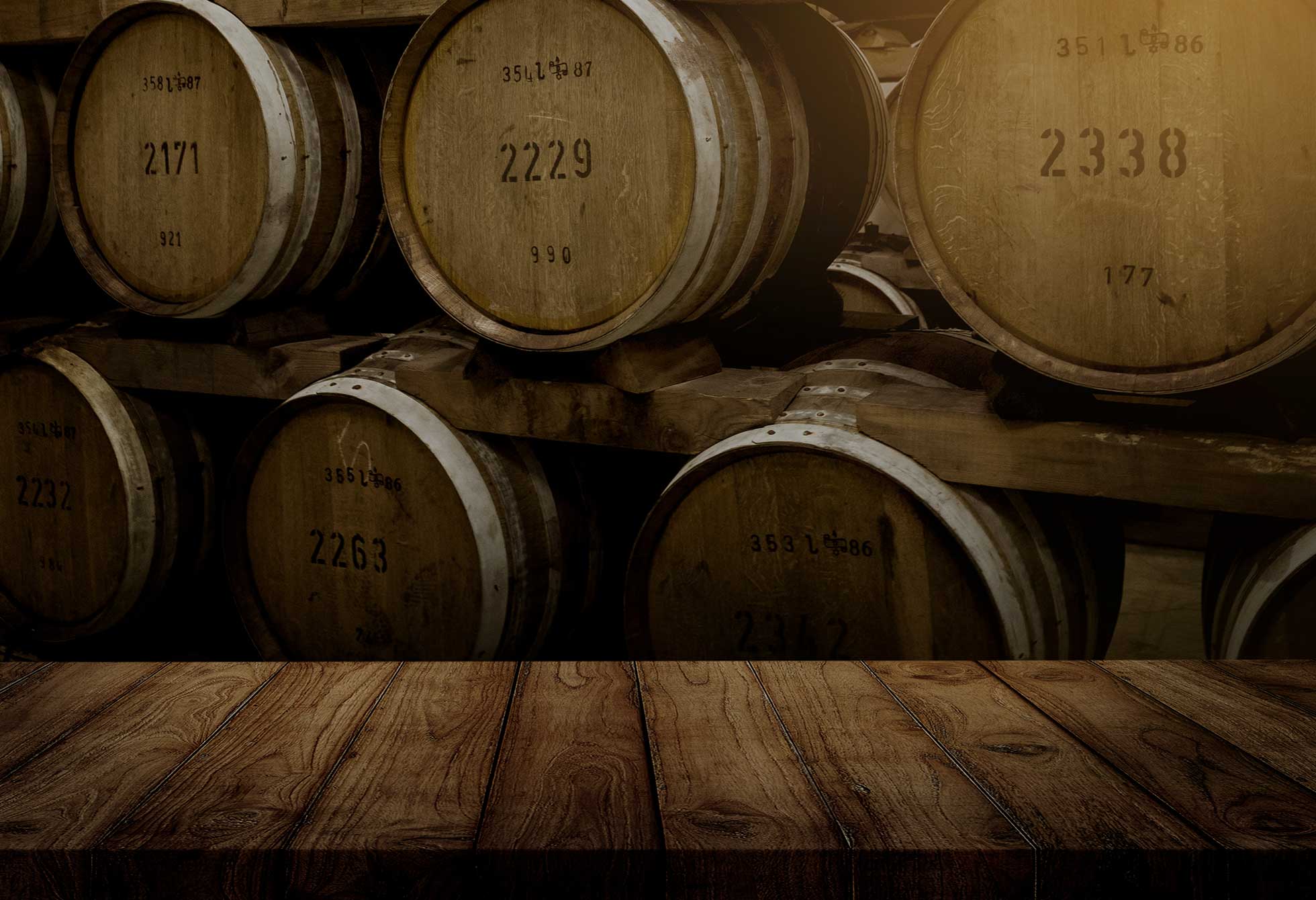
How malting works
The Malting Process
Barley malt is the cornerstone of Whiskey production. However, newly harvested barley grains can’t be processed into Whiskey straight away – The starch contained within the barley grain must first be converted into sugar before the yeast can start fermentation; this breaking down of starch into sugar is called ‘Malting’.
Malting consists of 3 main steps:
- Steeping the Barley
- Germinating the Barley
- Kilning the Barley (or drying the barley)
The Germination phase of this process involves a number of enzymes that convert starch to sugars such as maltose, maltotriose and maltodextrins, hence the name malt.

Barley Drying Machine
First up, the barley is delivered to the malt house straight from the harvest field. It is cleaned (dressed) and dried if necessary, to ensure the grain remains in the best condition to produce good malt. It is tested to check for suitability for malting and to prevent dead or unfit grain from entering the process. Typical quality checks include:
- Moisture content
- Nitrogen content (total nitrogen)
- Percentage of foreign matter
- Absence of fungal growth and metabolites
- Germinative capacity and germinative energy
- Water sensitivity
Dry barley can safely be stored for up to 18 months without fungal growth or loss of grain vigour. It’s stored in a manner that protects it from moisture and pests. During storage, the temperature of the silo is measured and monitored over time as a temperature increase can indicate insect activity. Additional equipment may be used to keep the grain temperature below 18 °C to inhibit insect growth. Silos are normally fitted with a system for rotating grain from one silo to another to break up hot spots within the grain.
Step 1: Steeping

Steeping the Barley
The first and very critical step in creating quality malt is steeping. This is when the barley kernel is cleaned and brought to life with water and oxygen. This is done by immersing or “steeping” the barley in water, followed by an air rest period that allows the water content of the barley to increase. The absorbed water activates naturally existing enzymes and stimulates the grain to develop new enzymes. The water temperature and aeration are vital for producing high-quality malt. The steeping process can vary with grain type and size but typically occurs over a period of 24-48 hours. The steeping is complete when the barley has reached a sufficient moisture level to allow a uniform breakdown of starches and proteins.
Step 2: Germination
The second step is to continue the germination process that started in steeping. Here, growth and modification of the grain occur. The aim of germination is to grow the barley grains and allow the development of malt enzymes. From the outside of the grain, rootlets emerge from the kernel, and within the outer husk, a shoot grows. Modification is the breakdown of protein and carbohydrates and results in the opening up of the seeds’ starch reserves. The enzymes produced during germination are needed to break down the starch for the distiller during the mashing process. The grain bed is maintained at a constant temperature of between 10 and 16 °C by the constant supply of fresh humidified air. Turners move through the grain bed to keep it loose to allow for sufficient airflow.
Step 3: Kilning
 Kilning reduces the grain moisture content and stops the germination process. Convection heat treatment dries the now malted barley to prevent further germination. If germination continued, the kernel would keep growing and all of the starch reserves needed by the distiller would be used by the growing plant. Additional drying further reduces the moisture content and prepares the malt for flavour and colour development. Finally, the kilned malt is cooled before the kiln is stripped (emptied).
Kilning reduces the grain moisture content and stops the germination process. Convection heat treatment dries the now malted barley to prevent further germination. If germination continued, the kernel would keep growing and all of the starch reserves needed by the distiller would be used by the growing plant. Additional drying further reduces the moisture content and prepares the malt for flavour and colour development. Finally, the kilned malt is cooled before the kiln is stripped (emptied).
Deculming
The rootlets of the malt (also known as culms) are removed from the malt soon after transfer from the kiln. The removed culms are sold or processed as animal feed.
The cleaned malt is stored in a silo and later bagged for packaging and shipment to the distillers.
All Curraghmore barley is grown here on the estate, and then expertly malted by our friends in Athgarrett Malt, in Co. Kildare. They use a technique called ‘pneumatic malting based on the Saladin box principle” to malt our barley, otherwise described as an improvised SGKV (Steep, Germinate, Kiln Vessel) method.
To read more about the difference between Single Malt and Pot Stilled Irish Whiskey, check out this blog post




